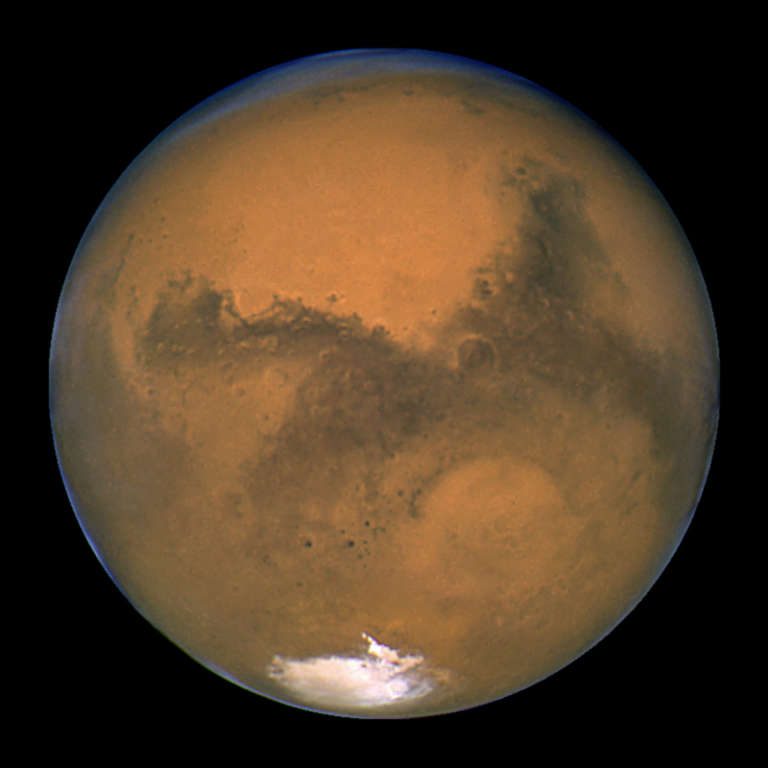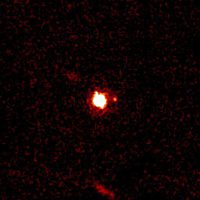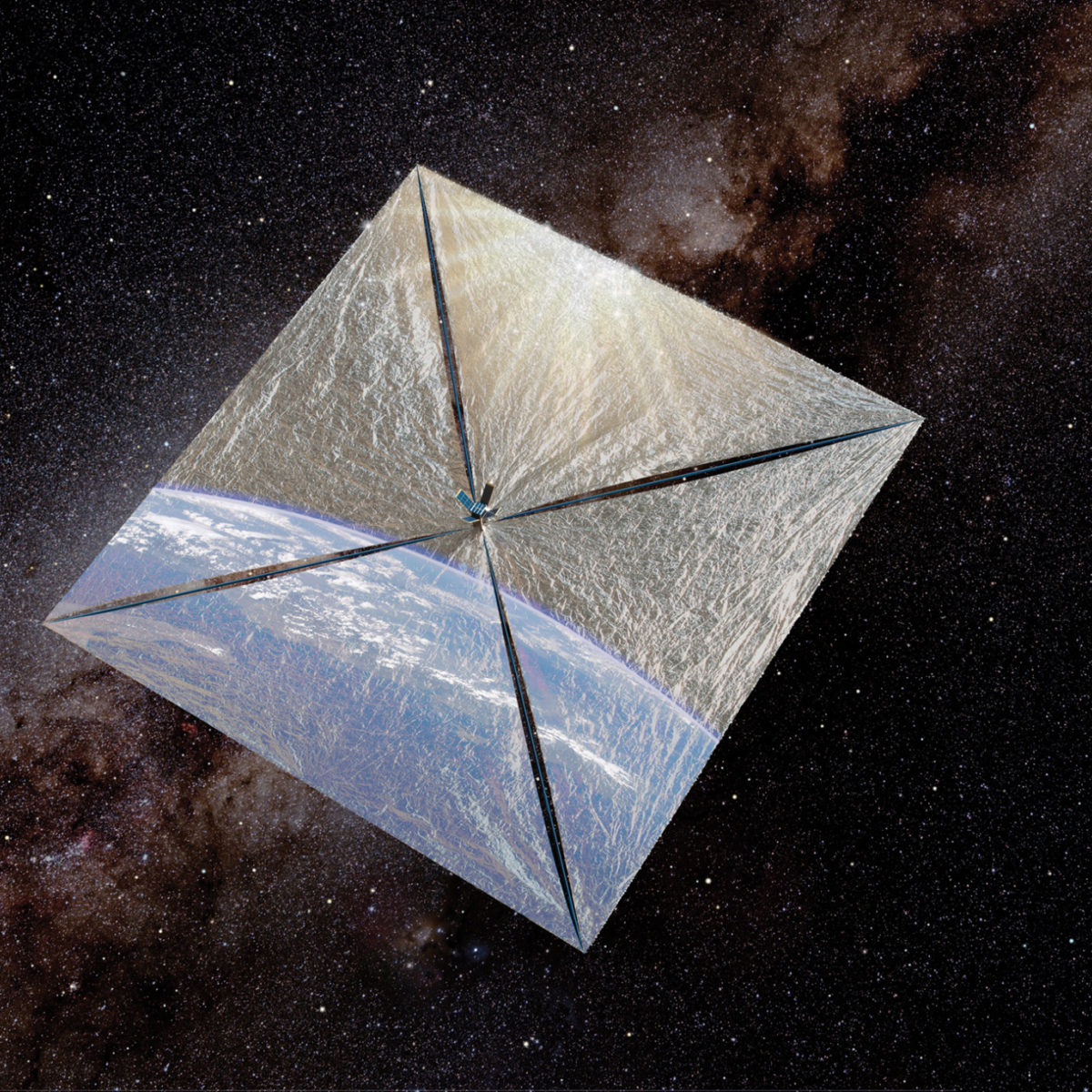All
All
Stories, updates, insights, and original analysis from The Planetary Society.
Cassini Poised to Pinpoint Huygens' Landing Site At Last
I've just posted a very brief update on the upcoming Titan flyby, which will be the first to include RADAR imaging across the Huygens landing site.
An evening with Dava Sobel
I've just come home from Caltech, where I saw author Dava Sobel give a presentation on her latest book, The Planets.
NOW Mars is spectacular
Back in August, there was a false alarm being circulated by email that Mars was going to be super-close to Earth on August 27.
A way-cool Cassini picture: rings, Titan, Dione, Prometheus
I just noticed this picture on the Cassini raw images website. I love these
Animation from Cassini's approach to Dione
The images from Cassini's Dione encounter yesterday have started coming back, and there is a really cool set of 16 pictures of Dione and Rhea.
Dione encounter today
Cassini is already on its way in to a close, 500-kilometer encounter with Dione -- it's less than four hours away now, at 17:52 UTC.
Hyperion in color
Here is a gorgeous color mosaic of Hyperion assembled by amateur image processor Mattias Malmer from images from the recent flyby.
A new Cassini data release to the Planetary Data System
Yesterday, this quarter's release of Cassini data showed up at the Planetary Data System (PDS). The PDS is the public repository for all of NASA's data.
A piece of a new picture from Hayabusa
The Hayabusa mission has proven to be a bit of a tease -- they were releasing lots of images to the public as they approached asteroid Itokawa, but once they arrived, the image releases shut down entirely. There is finally a little postage stamp of an image captured by Hayabusa at
Amazing views of Hyperion
I've finally worked my way through all of the Hyperion images that were returned from the last flyby. It's a wonderful data set.
The End of Cosmos 1, the Beginning of the Next Chapter
Cosmos 1 was—and is—a great effort, and one we are proud The Planetary Society tried to do. Our independent grassroots organization built and launched a spacecraft whose technology promises to one day open up interstellar travel.
Another day, another natural disaster on Earth seen from space...
...but this one is much closer to home than Katrina and Rita were.
An opportunity for Spirit to see Earth and Venus together?
I received the following question by email last week:
Modest scopes could help with the Hyperion observations
I got an email last night from Anne Verbiscer, whom I had contacted about rounding up some amateur astronomers to help the Cassini mission with some photometric observations of Hyperion.
Mars Exploration Rovers Update: Spirit Revels in Science at Husband Hill Summit as Opportunity Closes in on Erebus Crater
Despite a few unexpected bumps and curves in their explorations at Gusev Crater and Meridiani Planum, the Mars Exploration Rovers have been working away and both Spirit and Opportunity have put in a very productive month's worth of work on the Red Planet.
A debate about time
I received a press release in my inbox this morning that made me think. It came from the Royal Astronomical Society, and was titled
An official pronouncement may be coming about the "what is a planet?" debate
Since the discovery of 2003 UB313, larger than Pluto, there's been a lively debate going on in many places about what makes a planet. There's now an article in Nature talking about a proposal that would address the controversy
DPS: Central transit of Earth as seen from Saturn
There were a few talks at the Division of Planetary Sciences meeting dealing with a rare and fortuitous event that happened on January 13, 2005.
DPS: Updates on 2003 EL61 and 2005 FY9
At a press briefing, the co-discoverers of the so-called


 Explore Worlds
Explore Worlds Find Life
Find Life Defend Earth
Defend Earth


 Sun
Sun Mercury
Mercury Venus
Venus Earth
Earth Mars
Mars Jupiter
Jupiter Saturn
Saturn Uranus
Uranus Neptune
Neptune Small Bodies
Small Bodies










